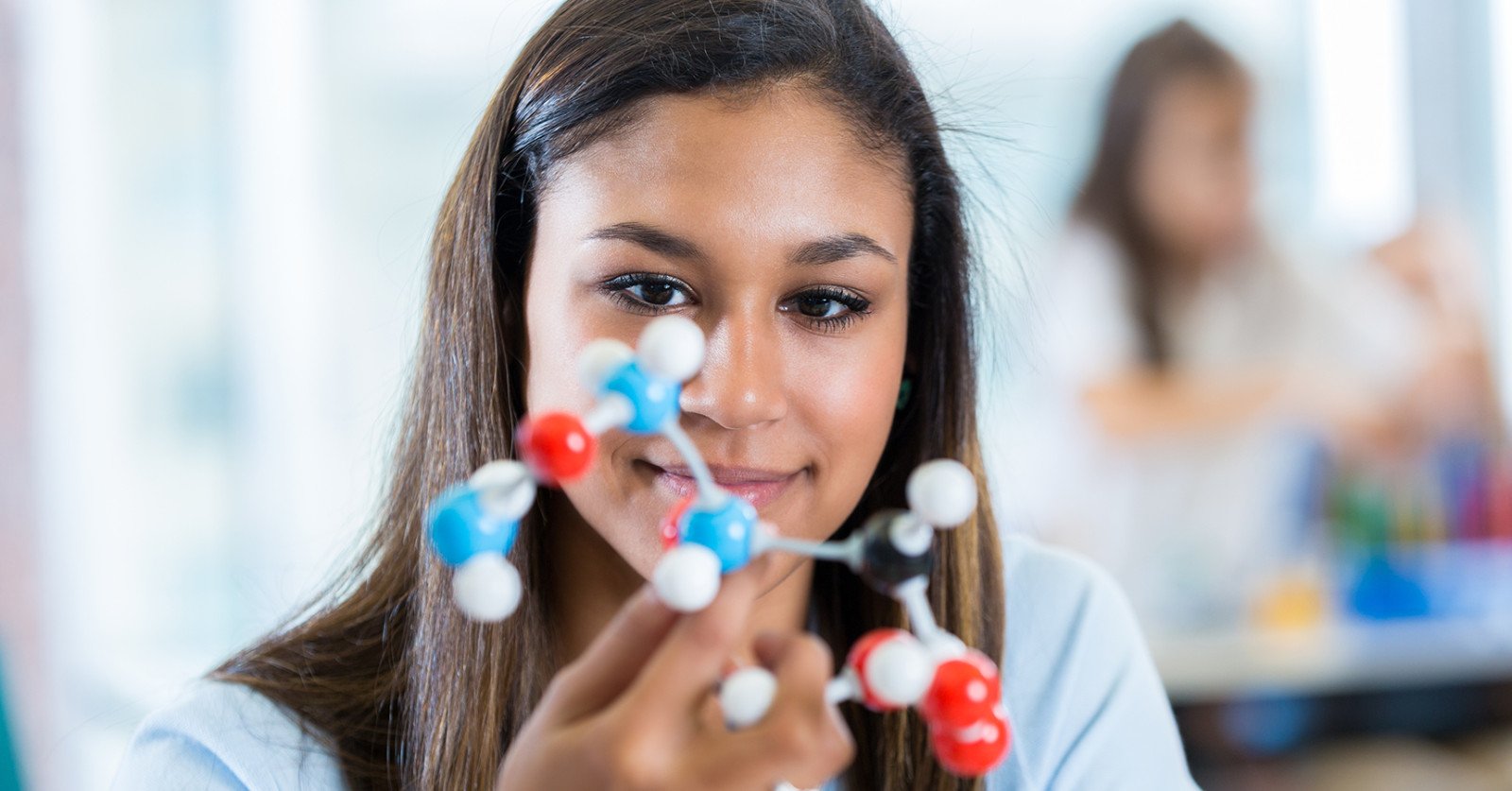Electricity
Do opposites really attract?
Decide which illustrations accurately show the relationships between positively and negatively charged electrons.

Overview
Students are provided with a set of cards showing different combinations of possible interactions between positively and negatively charged electrons. Students sort the cards to show which cards are the most accurate and which are inaccurate, then rework the inaccurate diagrams to make them accurate.
Instructions
What you'll need
- "Charge cards" handout, one set of 12 cards per pair of students
- Scissors
- Organize your students into pairs. Ask groups to think of three statements to explain the relationships between positively and negatively charged electrons. Invite groups to share their statements with the class.
- If necessary, remind them of the basic principle that like charges repel and opposite charges attract.
- Provide each group with a set of "Charge cards". Briefly explain that each card shows a different interaction between positively and negatively charged materials. Explain that their challenge is to sort the cards into two categories: cards that accurately show the relationships between charged materials, and those that inaccurately show the relationships. Give groups time to sort their cards.
- Consider inviting groups to visit other groups to hear their thinking and see how they’ve sorted their cards.
- Invite groups to share their decisions and thinking with the class.
- Ask groups to take the cards that are inaccurate and modify them so that they accurately reflect the relationships between positively and negatively charged materials.
- Invite groups to share the original inaccurate and the reworked diagrams with the class and explain their changes.
Curriculum Fit
Grade 8 Science
Big idea
- The behaviour of matter can be explained by the kinetic molecular theory and atomic theory
Content
- Atomic theory and models
- Models can be used to represent:
- The arrangement and motion of particles in different phases
- The arrangement of and forces that bind protons, neutrons, and electrons in an atom
- The quarks and leptons in protons, neutrons, and electrons
- Models can be used to represent:
- Protons, neutrons, and quarks
- Protons and neutrons (made of quarks) are held together in the nucleus by a strong nuclear force
Curricular competencies
Questioning and predicting
- Demonstrate a sustained intellectual curiosity about a scientific topic or problem of personal interest
- Make observations aimed at identifying their own questions about the natural world
- Identify a question to answer or a problem to solve through scientific inquiry
Processing and analyzing scientific information
- Use scientific understandings to identify relationships and draw conclusions
- Construct and use a range of methods to represent patterns or relationships in data, including tables, graphs, keys, models, and digital technologies as appropriate
Evaluating
- Demonstrate an understanding and appreciation of evidence (qualitative and quantitative)
Applying and innovating
- Contribute to care for self, others, community, and world through personal or collaborative approaches
- Transfer and apply learning to new situations
Communicating
- Communicate ideas, findings, and solutions to problems, using scientific language, representations, and digital technologies as appropriate
Assessments
- Assess students’ understanding of the relationships between positive and negative charges and their effects on each other.
Teaching Notes








